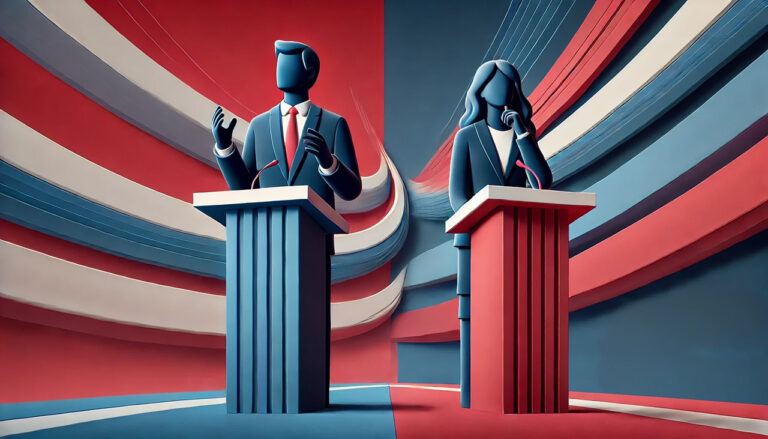
Incorporating current, real-world issues into classroom learning
“Teachable moments” remain an important and powerful tool for educators, enhanced by real-world, recent events and issues that provide frequent opportunities to leverage various learning dynamics. It’s an opportunity to demonstrate theory and application concerning a fresh, developing situation that has the advantage of being interesting now. Unfortunately, hot topics likely means an absence of comprehensive and authoritative material customary to structured teaching and learning. Instructors may lack answers to important questions — something inherently uncomfortable to those that prefer to have full control of topics. However, exploring issues and events as they rapidly unfold before us, even if it’s beyond our full understanding and control, should be welcomed as an opportunity to demonstrate a common dynamic that involves a constant cycle of thinking about how the world works and why.
One way to overcome difficulties in contextualizing an event is to engage with key, public-sector stakeholders (i.e., those officials with direct or significantly associated responsibilities and experiences with the event or issue). For events or issues that requires public-sector involvement, access to authorities may not be as difficult as is often perceived for a couple reasons, including 1) unlike other kinds of academic research, faculty and students do not require IRB certification to engage with public officials for academic purposes like class discussion, and 2) public officials often enjoy opportunities to contribute to education, especially with topics which are professionally meaningful to themselves.
Learning goals for the class can include understanding the government’s role as well as the processes and policies that officials can clarify regarding important issues. Other goals may involve consideration of impacts to society, perspectives on media coverage, and participation of organizations outside of government. Depending on the discipline, it should not be overly difficult to adapt an issue or event to classroom content. For example, I recently had students engage (for extra credit) with a federal military official who was involved with Hurricane Harvey response planning efforts. I first adapted the emerging situation to the course content by providing the basic context of the agency’s relevant roles and responsibilities. The students were then required to develop questions concerning the role and process of the organization with regard to the event. The topic was especially challenging given the intricacies involving the differences between federal versus state military response. The agency rep was more than happy to respond and provided great clarity to a very complex incident within their purview, which in turn added to a fuller understanding of the ongoing (and future) events in general.
It may be challenging to identify the right person to contact in the public sector. For local-level events or issues, contacting the municipality mayor, chief of staff or city planner could help, for example. With regard to state- or higher-level public sector, those with a political science or public administration background might be able to provide some insight and guidance.
As the social sciences endeavor to find effective ways in which to explain how the world works, including practitioners and officials into the classroom environment at opportune times can provide valuable context as well as a greater appreciation for thinking about complex topics. As educators, we often look for resources to empower learning for students. Hopefully, this tip offers an additional item for our teaching toolbox.
Further Reading
Teaching Tip: How to blend the world into your classroom, https://ctl.uaf.edu/how-to-blend-the-world-into-your-classroom/
Teaching in the political now, https://goo.gl/X1yXH5

Troy Bouffard
Troy Bouffard is retired military and full-time faculty with the School of Management, teaching in the HSEM program over the last four years for BEM and MSDM courses. He is also a Department of Defense contractor and contributes to various Arctic disciplines and international activities.



Troy, this is a really good article!! Thanks.
Joy
Excellent Article I really enjoyed taking classes from Troy.